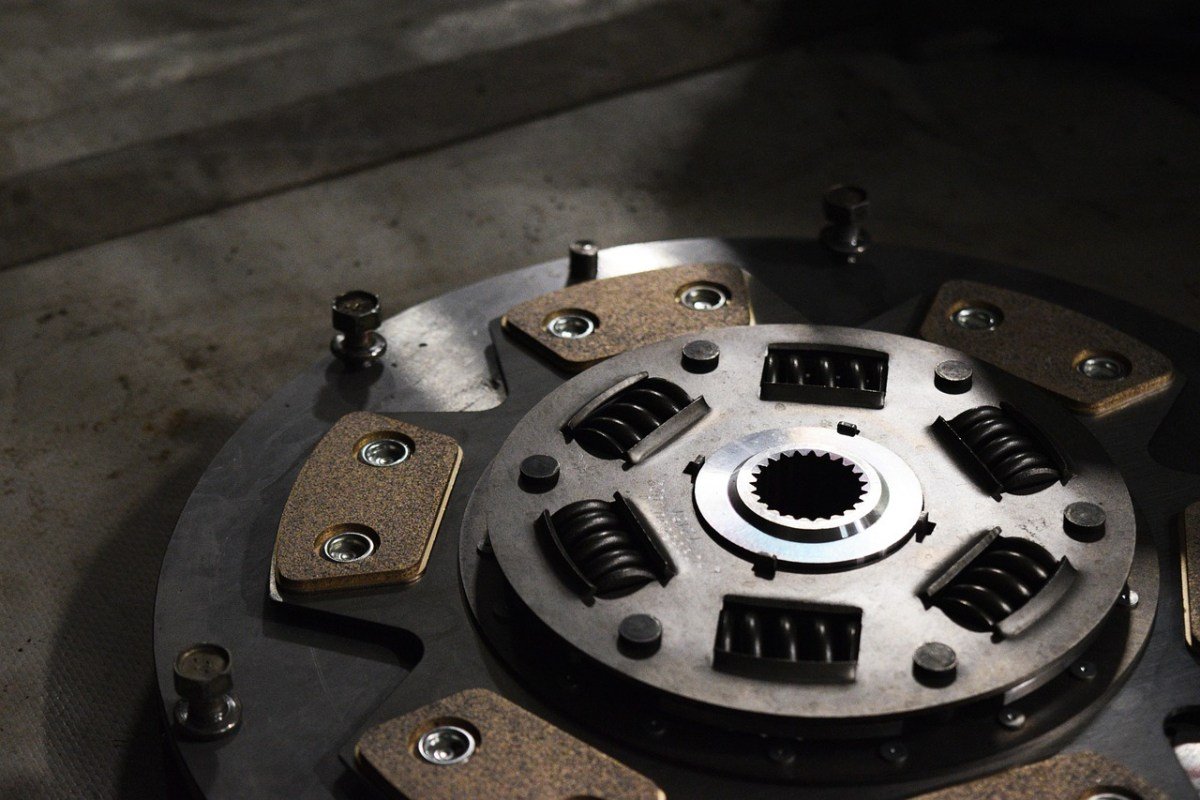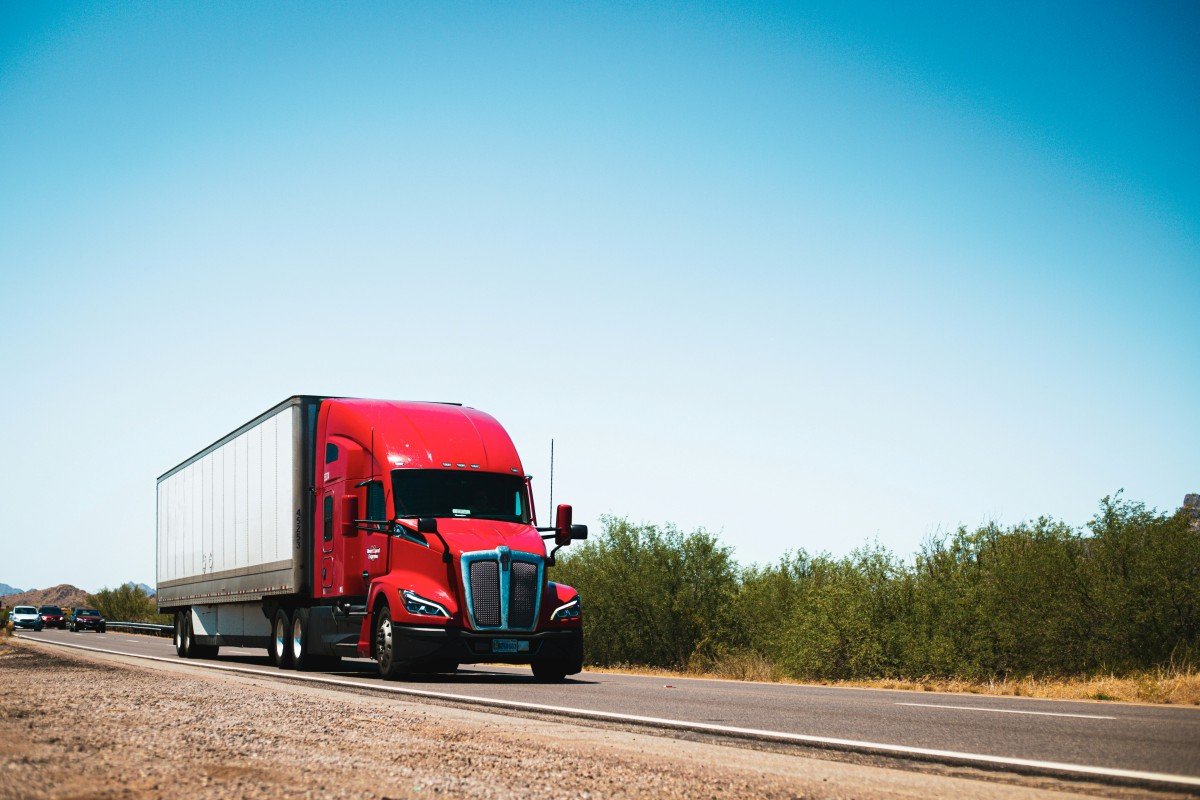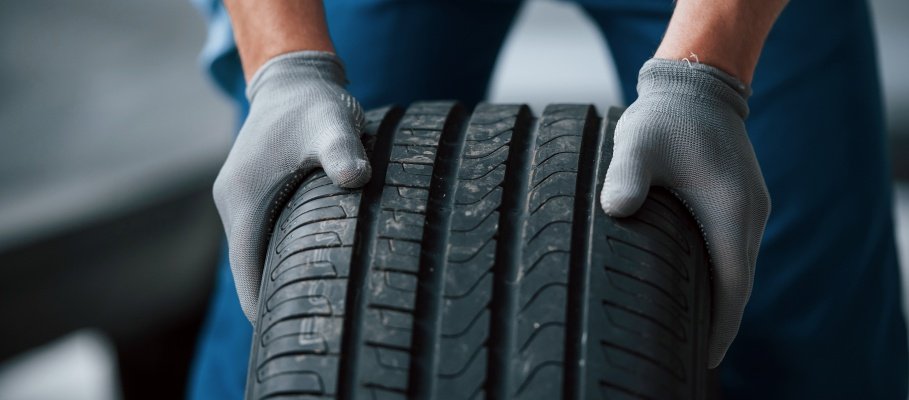FAQ: Restoring vs Buying New
Every day, all across the country, heavy-duty trucks travel thousands of miles delivering products and keeping our economy flowing. Those miles can be taxing on diesel engines, and without proper care and maintenance, you could find yourself in need of a new one. However, there is another option.
Instead of buying a new engine, you may be able to salvage the one you have by rebuilding it. While the quality of your rebuild depends on the parts and mechanic skills you have, it’s a much cheaper option than purchasing a whole new engine—especially as costs continue to rise.
Is restoring an old engine better than buying a new one?
While it may seem more cost-effective to replace your worn engine with a brand-new one, the fact is rebuilding your engine could save you hundreds of dollars and help you avoid mechanical hurdles.
Overall, it is less expensive to obtain a small repair loan and complete an engine overhaul than it is to finance a new truck. When you buy a new semi, you will be met with a minimum five-year payment plan, eventual repair costs, and more. Repairing/rebuilding your engine will buy you more time with your tried and true truck and save you money in the long run.
Repairs can be even cheaper (and in some ways easier) if your rig is older. Newer trucks often have computerized systems and components that are expensive and hard to obtain due to the current microchip shortage. However, the parts and labor needed for older semis are relatively easy to get and manage.
To top it all off, older diesel engines are more reliable in some ways. When it comes to your used engine, you know what to expect and prepare for in terms of issues, efficiency, and performance. Plus, engines that have been around for a long time have proven to be longer-lasting, whereas newer engines don’t come with a proven track record.
What you need to know about rebuilding your engine
As previously mentioned, performing proper care and maintenance on your diesel engine ensures optimum performance and longevity. Eventually, you will need to rebuild your engine to improve your truck’s mileage and extend its lifespan.
When it comes time to rebuild your engine, there are a few things you ought to know. Here are some frequently asked questions and answers to help.
Q: How do I know if my diesel engine is bad?
The most common ways of detecting a bad diesel engine include:
- Increased oil consumption
- Strange sounds coming from your engine
- Increased fuel consumption
- Issues with engine braking
- Loss of power/Truck won’t start
–> How to identify when a clutch is failing
Q: When should you rebuild a diesel engine?
Typically, engine rebuilds are performed every 12,000 to 15,000 hours. However, you could extend time in between rebuilds with proper care and maintenance.
Q: How do I know if my engine needs to be rebuilt?
You need to rebuild your engine if:
- A knocking or buzzing sound is coming from the engine’s bearings.
- Oil burns on gasoline/Your exhaust smoke has a white hue.
Q: How long will a rebuilt diesel engine last?
If done correctly, an engine rebuild should last more than 100,000 miles. This will depend on the type of engine, however.
Q: What mistakes should I avoid when rebuilding?
The main mistakes to avoid when rebuilding include:
- Not taking proper measurements of bearing clearances, crankshaft, cylinders, ring end gaps, etc.
- Not having a clean and organized workstation.
- Not recording as you dismantle your engine.
- Using old or worn fasteners or other supplies.
- Rushing through the process of the rebuild.
Q: Are rebuilt diesel engines reliable?
Yes! It has been proven that engine rebuilds are more reliable, safe, and effective than replacement engines.
Q: How much does an engine rebuild cost?
Engine rebuilds can vary in cost. Everything from the engine’s make to the level of the rebuild can impact the amount you’ll spend. However, the average overhaul cost ranges from $20,000 to $40,000.
–> How to save on diesel emissions repair costs
How a commercial repair loan can help
When your truck engine breaks down or needs parts and repairs, your income and livelihood are put on hold until fixed. And if the repairs or parts required aren’t within your budget, you could be facing quite the predicament. Fortunately, Mission Financial Services can help by offering specialized commercial vehicle repair loans that assist in covering the cost of repairs and help get your rig back on the road.
To obtain a commercial vehicle repair loan, you will need to complete and submit three online forms, including a credit application, vehicle spec sheet, and sales order.









